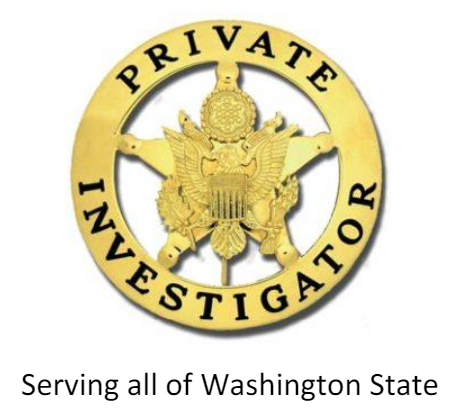- 27
- Jul
- 2025
Truth and Deception Detection Tools
- Posted ByAlan
- InUncategorized
I have spent the better part of my life interviewing and interrogating people. I have always
wondered why there is not a tool that can instantly determine if a person is being truthful or
deceptive. As it turns out, this same type of question has been raised throughout history. Dating
back to at least 600 BC in ancient India there was the “Trial by Ordeal” test.
Generally, a person would be bound on a scale and asked a question. It was thought that the
person’s body would become lighter if they were truthful.

As time went on, different techniques were used. Even the Trojan Horse was a form of
deception.

Today, the search and research continue.
Now, in today’s complex and high-stakes world, whether it’s criminal investigations, government
security, or pre-employment screening, truth and deception detection tools have become more
advanced, more diverse, and more widely used than ever. While traditional polygraph exams
remain one of the most recognized methods, a range of technologies and techniques are now
being utilized around the world to help professionals uncover the truth.

The Polygraph examination is still the most well-known tool in the field of truth detection. The
polygraph measures physiological responses such as heart rate, blood pressure, respiration, and
skin conductivity (I believe it has more to do with the blood flow in the fingertips than sweat).
These readings are analyzed during structured questioning to determine if a subject is being
truthful or deceptive. Polygraph examiners undergo rigorous training to interpret the data in
context with the subject’s behavior and answers. The false assumption is that the polygraph
results are not admissible in court. The actual truth is that the polygraph and its results are
automatically admissible in some cases and always admissible if all parties agree to its use in
advance. Regardless, the polygraph remains a standard in law enforcement and government use.

New to the market is, EyeDetect. It is one of the newest and fastest-growing technologies in the
field. EyeDetect uses a high-speed camera to track subtle changes in eye movement and pupil
dilation while a subject answers true/false questions. Developed by scientists with decades of
deception detection experience, this tool is non-invasive, takes only 15-30 minutes, and has been
shown to deliver results with extremely high accuracy. It’s especially appealing in countries and
agencies looking for scalable, automated screening solutions.

The Critical Voice Stress Analysis (CVSA) instrument is used in both military and law
enforcement settings. CVSA measures micro-tremors in the voice that may indicate stress,
which can be associated with deception. Tools like the Computer Voice Stress Analyzer (CVSA)
have gained popularity, though their reliability is still being debated. While it is a portable and
quick option, it is best used in combination with other investigative tools.
Another form of truth and deception detection is Facial Micro expression Analysis. This is based
on the groundbreaking research of psychologist Dr. Paul Ekman. This technique involves
analyzing involuntary facial expressions that last only fractions of a second. These micro
expressions can reveal hidden emotions, often contradicting what is being said. While this method requires extensive training to master, and it is extremely difficult to do in real time, it’s
increasingly used in both law enforcement interviews and security screenings when interviews
can be recorded and evaluated after the fact.

In research and limited high-security applications, Functional MRI (fMRI) is being used to study
brain activity when subjects are telling the truth versus when they are lying. By observing
patterns of activity in regions of the brain associated with decision-making and conflict, some
scientists believe deception can be detected. However, this method is costly, not portable, and
currently more academic than practical.

Sometimes the most powerful tool is still the human mind. In behavioral Interviewing and
statement analysis trained interviewers use structured questioning, observation, and analysis of
verbal and written statements to detect inconsistencies, evasion, or signs of deception. Tools like
SCAN (Scientific Content Analysis) are used to examine the structure of a subject’s language for
clues to deception or truthfulness.
So, from eye-tracking to brain scans, the field of truth and deception detection continues to
evolve. Each tool has its strengths and limitations, and no single method is foolproof. That’s
why most reputable professionals in this field, like those at Central Washington Polygraph &
Investigations, often use a combination of tools, techniques, and decades of experience to get to
the truth.

Leave a Reply